What Can Go Wrong?
- Casualties do not receive first aid
- Injury does not get treated and may get worse
- Failure to comply with legislation.
Legal / ���˿��� Requirements
- UK law requires organisations to assess first aid needs and make provision for first aid to be provided.
- ���˿��� Managers must ensure they have appointed sufficient first aiders for their areas of activity.
Emergency Procedure
If someone requires first aid
- Contact local First Aider – Local noticeboards have details
- If you cannot find one quickly contact National Central Control Room (NCCR) on 666 who may be able to assist
If you think an ambulance is required:
- Contact the National Central Control Room (NCCR) by dialling 666 on any internal phone and tell them that an ambulance is needed and tell them where the casualty is. Their alternative direct dial number is available under Safety Contacts & Emergency numbers on the right hand panel (via ���˿��� Gateway only)
- If your building has a local arrangement, or if you can’t contact the National Central Control Room (NCCR) then call 999 from a mobile. Ensure that you inform them of the address of the building and the location of the casualty in the building.
- Then contact the local Facilities Managers, the local security team or reception to inform them of the situation.
- Stay with the casualty until help arrives.
Control Measures
- Managers appoint first aiders for the areas which they manage and . ensure they are trained. Security provide a backup resource in some buildings.
- Ratio of around 1 per 50 in office areas. Additional where audiences or large numbers of visitors responsibility of person arranging the activity.
- Take account of work which occurs outside normal office hours by ensuring there are enough first aiders to cover shift work and that staff know how to find a first aider – in their office or via Facilities Managers
- Provide names of first aiders to facilities management for inclusion on the emergency information signs in common areas.
- First aid rooms are provided in some large buildings or identify room or area where first aid treatment may be given when privacy is required.
- Automatic External Defibrillators provided in large buildings
- Shared First aid kits are provided in ���˿��� Buildings by facilities management teams and located in shared areas.
- First aiders are trained - in ���˿��� buildings the minimum standard is first aid at work certificate.
- Most ���˿��� buildings are within easy reach of Ambulance service or hospital A&E
- Generic Risk assessment on myRisks tools. Assessment of need undertaken by workplace.
Division Specific Issues
- Academy arranges training on request. Keeps a record of training and provides lists of trained first aiders to Facilities managers regularly
- Facilities Managers update local notices with names of first aiders
- ���˿��� Safety monitors wider picture by reviewing accident reports and if there are delays in providing first aid Safety will review the guidance and contact local managers.
Workplace Health topics
-
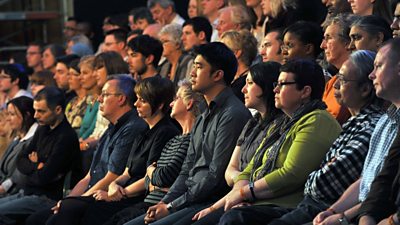
Audiences and Visitors to the ���˿���
Guide to safeguarding those visiting our premises or attending our events / shows. -

Display Screen Equipment (DSE)
Includes advice on completing assessments for various types of workstation and how to address any health issues. -

First Aid in ���˿��� Premises
This page also provides the arrangements and numbers for contacting ambulances and the National Central Control Room (NCCR). -
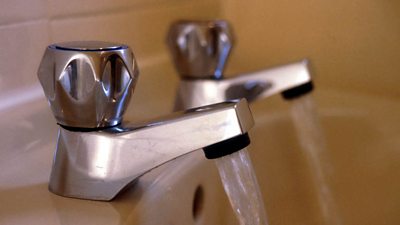
Legionella in Premises: Control of
This guidance provides an overview of how water systems are managed in premises to minimise the risks from the Legionella bacteria. -

Manual Handling
If your job involves lifting or carrying heavy or awkwardly-shaped equipment, or repetitive lifting, you need to know how to minimise the risk of injury. -
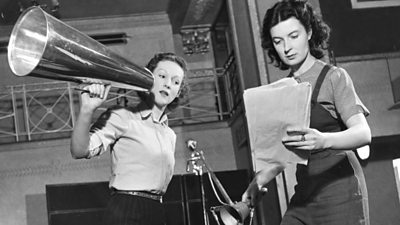
Noise at Work
Controlling the exposure to noise at work which can be harmful to one's hearing. -
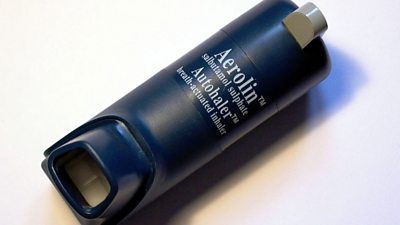
Occupational Asthma
A guide to situations in which asthma could be caused by inhaling certain substances in the course of your work. -

Office Safety
This guide provides general advice for working in both ���˿��� offices and third party (non ���˿���) offices. -

Personal Emergency Evacuation Plan (PEEP)
Guideline describing the measures to take to ensure those who need it can get assistance to evacuate a premises during a fire or other emergency. -

Shift Working and Night Shifts
The risks of shift working and how to minimise the effects of night shift working by taking care of your health and environment. -
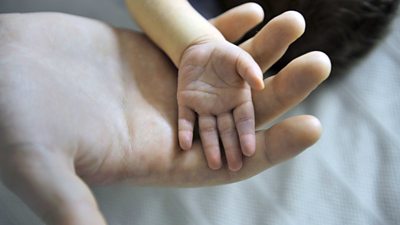
Skincare and Dermatitis
A guide to looking after your skin and recognising the symptoms of dermatitis which is a reaction that occurs when our skin becomes inflamed.
More from SSR
-
Your platform to record accidents, risk assessments, assurance monitoring and inspections
-
Safety Equipment Stores
Just one number to call: 0844 800 8875 -
���˿��� Safety Guidelines
An A-Z of ���˿���'s Health and Safety Guidelines -
Safety Advice Line: 0370 411 0464 Email: safety@bbc.co.uk
- A-Z of ���˿��� Safety Guidelines
- Accident Reporting and Investigation
- ���˿��� Health & Safety Policy
- Contractors (incl. vetted lists)
- Contributors
- Fire Safety
- Freelancers
- Independent Production Companies
- Risk Assessment
- Safety Alerts
- Safety Responsibilities
- Safety Training
- Sets & Premises Safety Guide
Events guidance - key links:
- Exhibitions
- General Guidance
- Indoor Location Recce Checklist
- Outdoor Location Recce Checklist
- Major Incidents & Emergency Planning
- Marketing and Promotional
- Noise Exposure
- Planning and Management
- Responsibilities
- Responsibilities Form
- Laser Lighting Effects
- Strobe Lighting
- Temporary Stages and Rostra
Health topics - key links:
- (���˿��� network only)
- Contributors Fitness to Participate
- Display Screen Equipment (DSE)
- (���˿��� network only)
- First Aid and Welfare on Location
- International Travel - Risks & Health
- Manual Handling
- Mental Health: ���˿���page
- (���˿��� network only)
- Personal Health and Wellbeing
- Pregnancy
- Psychological Trauma Support & Trauma Risk Management (TRiM)
- Tiredness and Fatigue
- Travel Health Contacts
���˿��� High Risk - key links:
- CBRN and Industrial Spills
- Covert Filming
- Crisis Management and Security Support
- Demonstrations, Protests and Crowds
- Disaster Coverage
- Door Stepping
- (���˿��� network only)
- (���˿��� network only)
- Public Order
- Safety Equipment Stores
���˿��� Journalism - key links:
���˿��� Productions - key links:
- Aerial Filming and Airfields
- Animals: Displaying and handling for performance
- Boats: Working on
- Children and Young People
- Driving
- Electrical Equipment and Systems
- First Aid and Welfare on Location
- Food Safety (Cooking and Catering)
- Remote Location Working
- Roads and Streets: Working by
- Security of Productions on Location
- Stunts
- Tiredness and Fatigue
- Unmanned Aerial Systems (UAS aka Drones)
- Vehicles: Recording in, from and around
- Working at Height: Mobile Elevating Work Platforms
- Working at Height: Tower Scaffolds
���˿��� Radio - key links:
- (���˿��� Network only)
���˿��� Security - key links:
���˿��� Sport - key links:
About this site
This site describes what the ���˿��� does in relation to managing its health, safety and security risks and is intended for those who work directly for the ���˿���.
It is not intended to provide instruction or guidance on how third parties should manage their risks. The ���˿��� cannot be held liable for how this information is interpreted or used by third parties, nor provide any assurance that adopting it would provide any measure of legal compliance. More information
Some links on this site are only accessible when connected to the ���˿��� network
